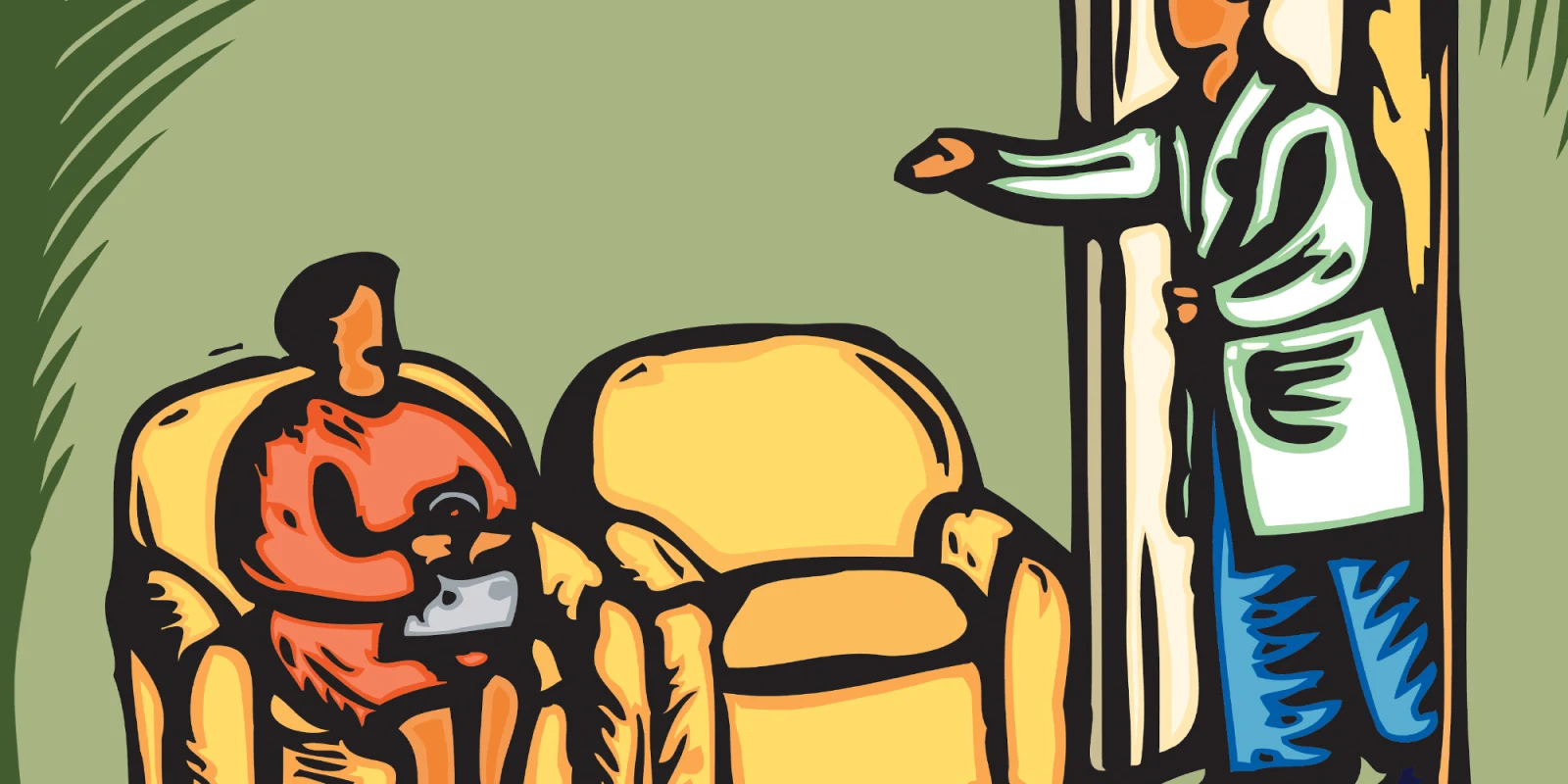
The health care industry continues to go through dramatic and fast-paced changes — adoption of EMR, new care models, changes in payment models and reimbursement rates, changes to regulations, and large-scale consolidation of small and big players in the industry. The cost of health care continues to outpace inflation as we face an aging population and tens of millions of people getting health insurance for the first time. Patient expectations are at an all-time high. There is an insatiable demand for health care services and an extreme shortage of health care providers across the board. Additionally, physician burnout is at an all-time high, patient access and service is low, employee satisfaction is low, and, as a result, staff turnover is high. Even hospitals are experiencing high financial losses associated with hospital-owned outpatient medical groups. There is no doubt that these are significant headwinds for independent practices.
Some independent practices are failing or unwilling to cope with these changes, resulting in closures or early retirement. In fact, according to the American Medical Association (AMA), 2016 marked the first year in which less than half of practicing physicians owned their own practice — 47.1 percent. This percentage represents a meaningful downward trend, six percentage points lower than in 2012. Certainly, many are feeling the impact of these changes and are wading through these challenges with tremendous stress. On the flip side, there is no doubt that a small and exclusive number of practices are adapting and thriving in the ever-changing health care landscape.
When I was recruiting physicians to expand my practice, I often got comments from candidates that private practice is a dying business model, that I’d be swallowed up or killed by the big groups in no time, that anybody who goes into private practice is nuts. These candidates were partially correct — private practices close left and right, colleagues join bigger groups. But lurking in the background are practices like mine. My practice is growing and thriving and as practices around me close, I have expanded to absorb their patients. My practice is successful because for many years, we have operated on a “patient-first” philosophy, and we’ve built a culture around that. I approached my practice this way because it was good medicine, not because a consultant or bean counter told me it was profitable. And, for the longest time, I was never paid for the level of care I provided — but: I didn’t care. I am practicing a brand of medicine, my brand of medicine, that I love. With the trend toward pay-for-performance, payment incentives for increased patient satisfaction, and price transparency, practices that operate on a “patient-first” philosophy will continue to be financially healthy. For the physician, too, this model of medicine is rewarding, even addicting. It goes a long way in minimizing physician burnout. My practice is proof!
While there are significant challenges, there are also fantastic opportunities for independent practice in the coming decade. Independent practice is not going away and will continue to be a mainstay in the industry, though it represents a smaller percentage of all practicing physicians compared to decades past. Physicians are drawn to the autonomy, work/life balance, and job satisfaction that comes from practicing their own brand of medicine without interference from administrators. The same AMA report referenced above showed that hospital ownership of physician practices and direct employment of physicians by hospitals appears to have stalled after 2014. And a 2015 report from ProCare Systems showed that 73 percent of respondents would want to keep their independence if they could be reliably profitable and sustainable.
The evidence, both empirically and anecdotally, suggests that the independent physician will and must evolve. There is absolutely no mass exodus of patients from independent medical practices; in fact, in independent practices, care is often more personal, of higher quality, and preferred over larger medical groups. The patient demand is there. Additionally, there is a ready pool of physicians who are passionate and driven to buck the trend and establish a new equilibrium where independent practices and big medical groups can coexist and serve diverse populations.
Joy Liu, DO, is a Family Medicine doctor in Folsom, California and the owner of Healthy Living Primary Care. She started her private practice in 2007, straight out of residency, and is continuing to grow her practice. She loves patient care and medical economics.







